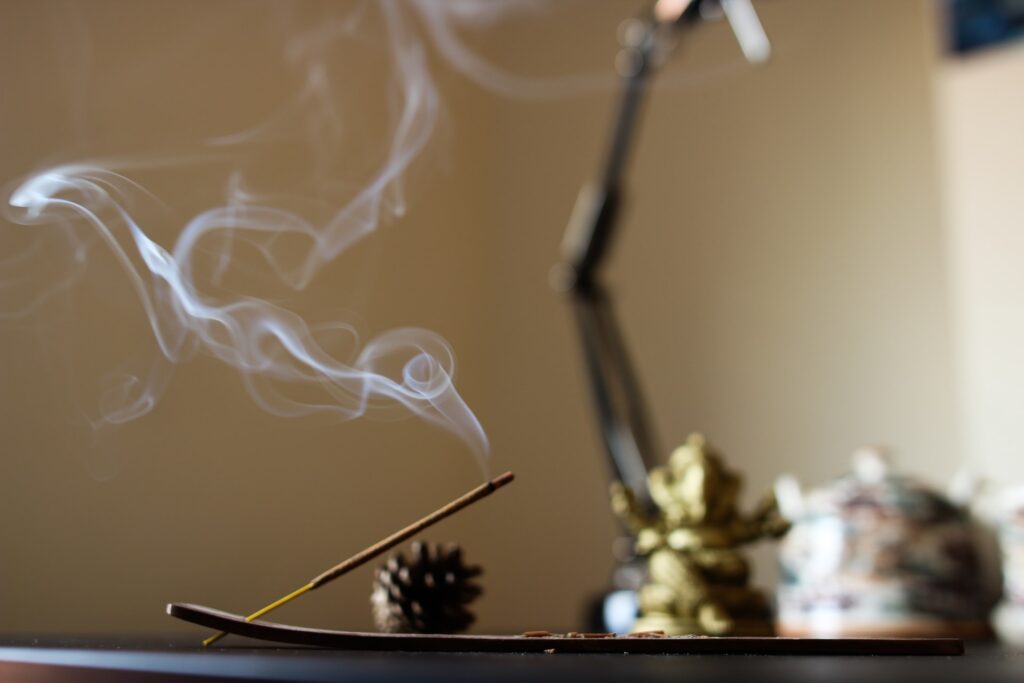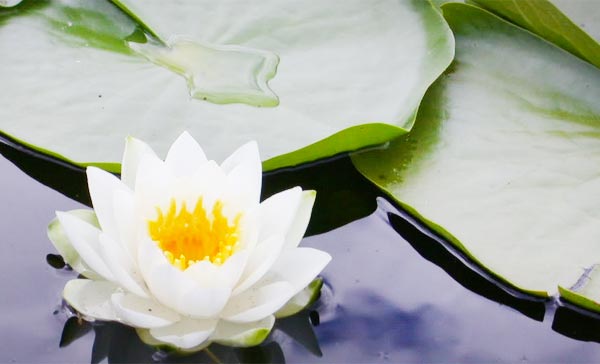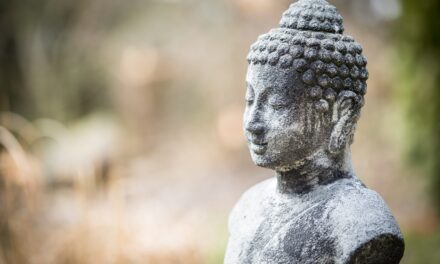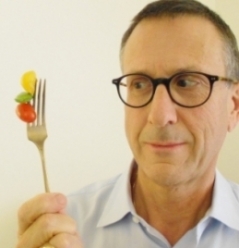
Mindful Reflections:
The Many Shades of Mindfulness
I am honored to be a guest contributor this month to Middle Way Health’s online magazine. As a former staff member at Middle Way Health, I started a column for La Dolce Vita Magazine called Mindful Reflections, an embodiment of my saturation in the practice and conversation around the subject of mindfulness, meditation, and Buddhism. Since relocating from Sacramento to Nashville, TN in June 2014, I have had some time away from the regular practice of meditation; speaking with individuals about how a mindfulness practice can enhance and perhaps provide a foundation for their therapy, counseling, healing, and recovery. I have had time to live separate from my self-identification as a disciple of mindfulness spreading meditation to the masses.
As I prepare once again to immerse myself in the role of mindfulness-based counselor at a clinic in Nashville, I sit with new understanding of the role of mindfulness in the life of the average individual. More pointedly, I sit with the question of what I can learn from the individual who has a mild to moderate interest in connecting with the practice of focusing, training one’s mind, connecting with something greater than oneself. Something outside of the I-universe – ya know, mindfulness —that individual who bridges an interest in the spiritual while still cradled in the consumerism and self interest characteristic of traditional American cultural norms. What is striking is that those cultural norms are a container, perhaps the container for many individuals, and that the pursuit of spirituality outside of that container – the container of our normal everyday imperfect American lives – may not be sustainable for the average American practitioner.
It has been my experience in speaking with individuals who are new to the practice of mindfulness that their initial motivation and interest in mindfulness is often related to the relief of some sort of suffering—anxiety, grief, physical pain. In short, they want to feel better. They may not be interested in week long silent retreats and taking refuge in the Buddha, the Dharma, and the Sangha. And perhaps this is enough.
I reflect on the traditional Zen vows:
Sentient beings are numberless, I vow to serve them.
Desires are inexhaustible, I vow to put an end to them.
The Dharmas are boundless, I vow to master them.
The Buddha-Way is unsurpassable, I vow to attain it.
And I am reminded of the inherent dialectic in each of these phrases. How can I serve all beings if they are numberless? How can I put an end to desires if they are inexhaustible? How can I master the Dharmas, the teachings of the Buddha, if they are without bound? And how can I attain or embody the Buddha-Way if it is characterized by such impossibilities? Similarly, how can the average American negotiate the opposing realities of the mindful spiritual world and the American cultural world, which pervades our physical reality? As dialectics, the implication is a negotiation or synthesis of these opposing realities—living in the middle, finding the middle way path, and ultimately, finding Middle Way Health. In the middle is where we continue to don our “robes of liberation”, which in our case as wiley ol’ Americans are a good pair of jeans, t-shirt, and maybe a cowboy hat (if you are a tourist in Nashville, TN). We continue to wake up to our lives of imperfection. We give our best, most of the time, and it doesn’t always look pretty.
So what can we learn from the average American, whose interest in mindfulness is on par with an interest in developing a regular exercise routine, healthy sleep patterns (no caffeine after midday!), not drinking too much, and maybe exploring a plant-based diet? Maybe the individual with a moderate interest in mindfulness is onto something. Maybe those individuals are practicing from their middle way. And as I reflect on my own path of devotion to the practice, maybe there is room to relax more into my practice, finding a new iteration of middle way health.






















